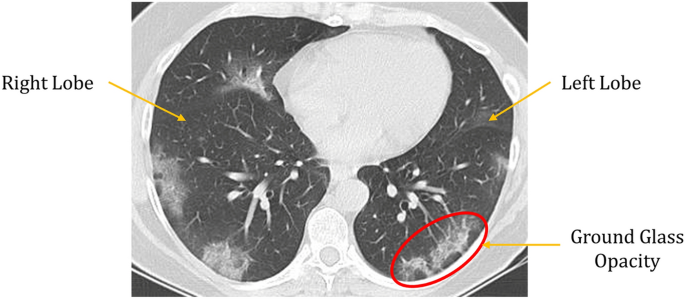


Activists and scholars have offered a number of conflicting reasons for farmer suicides, such as anti farmer laws, high debt burdens, poor government policies, corruption in subsidies, crop failure, mental health, personal issues and family problems. Farmer suicides account for 11.2% of all suicides in India. Around 41.49% of total labor are associated with agriculture in year 2020. Agriculture had 15.4% share in economy of India in year 2017. India is an agrarian country with around 70% of its people depending directly or indirectly upon agriculture. There are accusations of states manipulating the data on farmer suicides, hence the real figures could be even higher. The farmer's suicide rate in India had ranged between 1.4 and 1.8 per 100,000 total population, over a 10-year period through 2005, however, the figures in 20 showed an average of more than 10 suicides daily. Įarlier, governments had reported varying figures, from 5,650 farmer suicides in 2014 to the highest number of farmer suicides in 2004 of 18,241. Out of these, 60,750 farmer suicides were in the state of Maharashtra since 1995 and the remaining in Odisha, Telangana, Andhra Pradesh, Madhya Pradesh, Gujarat and Chhattisgarh, all states with loose financial and entry regulations. The National Crime Records Bureau of India reported that a total of 296,438 Indian farmers had committed suicide since 1995.

Farmer suicides in India refers to the national catastrophe of farmers committing suicide since the 1970s, often by drinking pesticides, due to their inability to repay loans mostly taken from private landlords and banks.


 0 kommentar(er)
0 kommentar(er)
